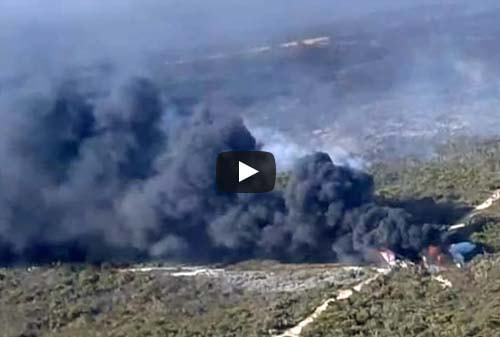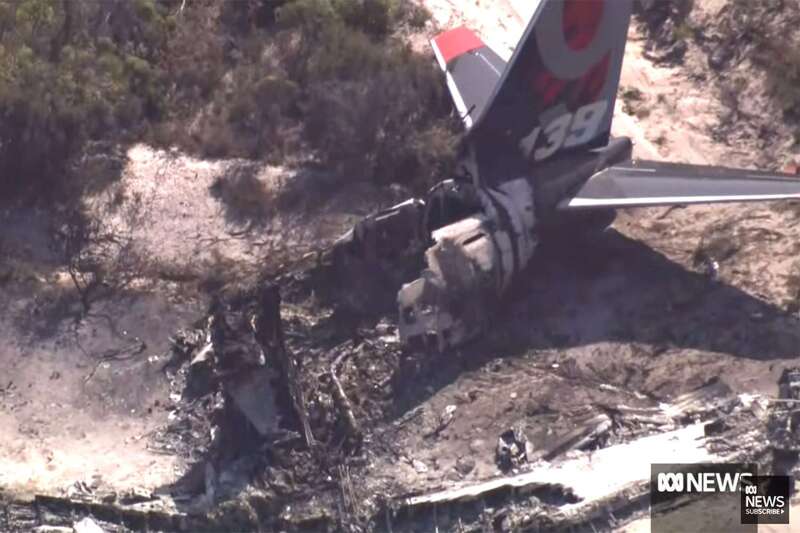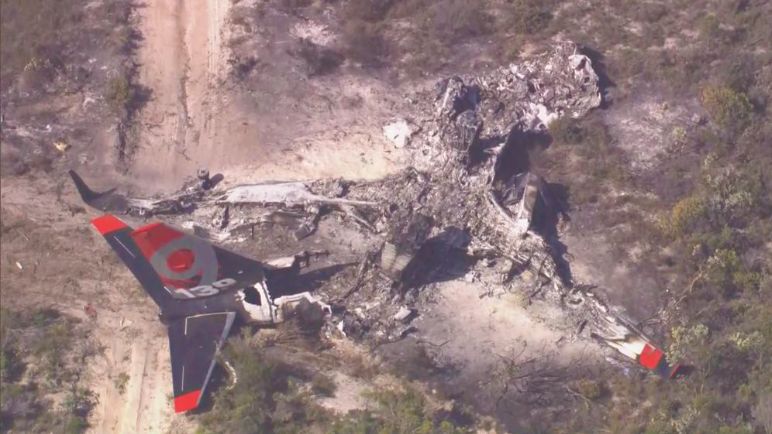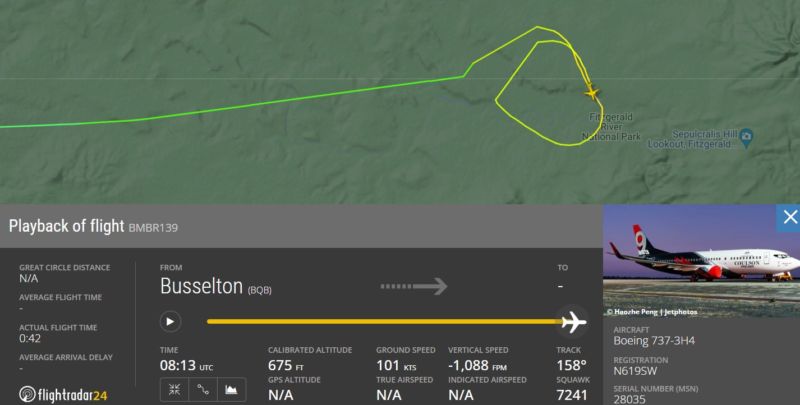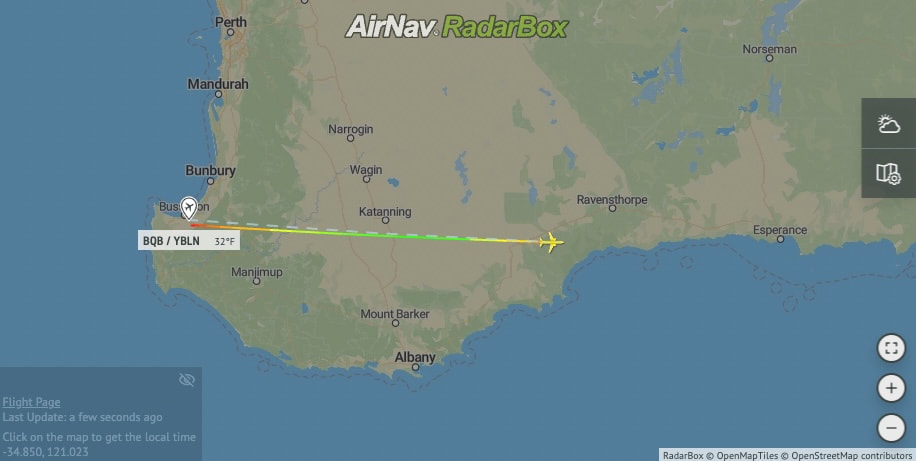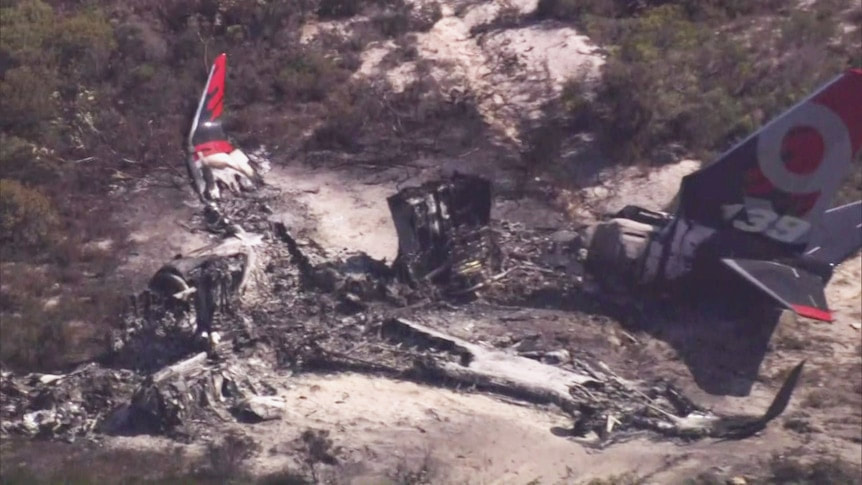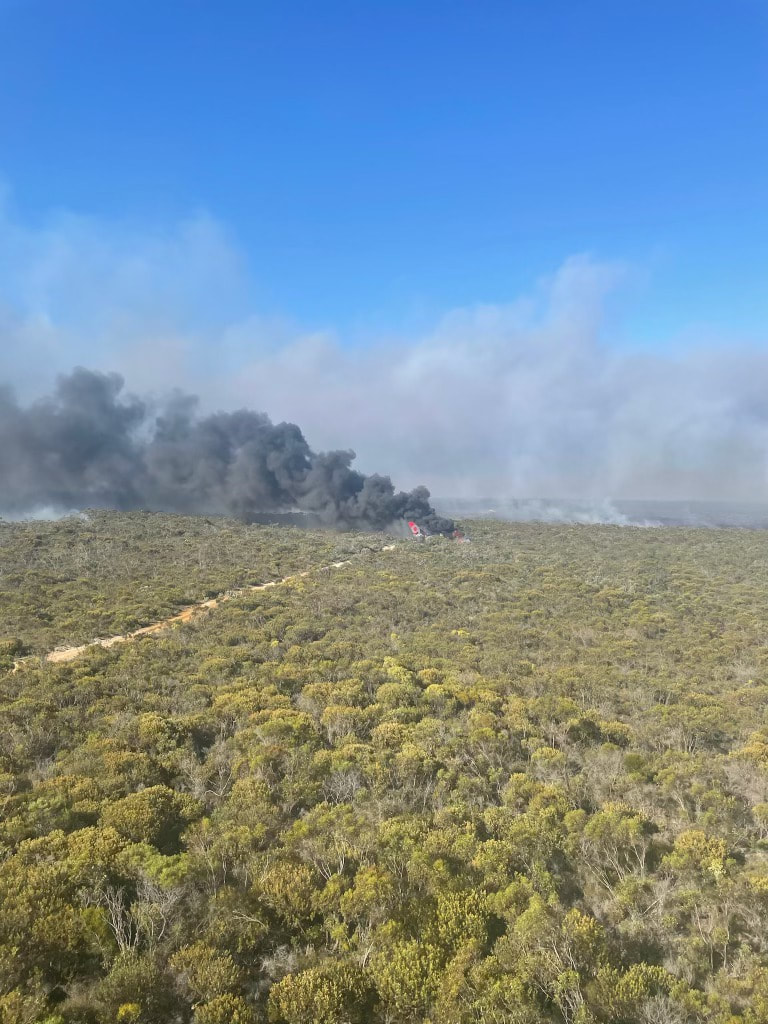- Home
- Magazines
-
Newsletters
- 19 July 2024
- 12 July 2024
- 5 July 2024
- 28 June 2024
- 14 June 2024
- 7 June 2024
- 31 May 2024
- 24 May 2024
- 17 May 2024
- 10 May 2024
- 3 May 2024
- 26 April 2024
- 19 April 2024
- 12 April 2024
- 22 March 2024
- 15 March 2024
- 8 March 2024
- 1 March 2024
- 23 February 2024
- 16 February 2024
- 9 February 2024
- 26 January 2024
- 19 January 2024
- 12 January 2024
- 22 December 2023
- 1 December 2023
- 24 November 2023
- 10 November 2023
- 3 November 2023
- 27 October 2023
- 20 October 2023
- 13 October 2023
- 6 October 2023
- 29 September 2023
- 22 September 2023
- 15 September 2023
- 8 September 2023
- 25 August 2023
- 18 August 2023
- 11 August 2023
- 4 August 2023
- 28 July 2023
- 21 July 2023
- 14 July 2023
- 7 July 2023
- 30 June 2023
- 23 June 2023
- 15 June 2023
- 2 June 2023
- 26 May 2023
- 19 May 2023
- 12 May 2023
- 5 May 2023
- 28 April 2023
- 21 April 2023
- 14 April 2023
- 6 April 2023
- 31 March 2023
- 24 March 2023
- 17 March 2023
- 10 March 2023
- 3 March 2023
- 24 February 2023
- 17 February 2023
- 10 February 2023
- 3 February 2023
- 27 January 2023
- 13 January 2023
- 22 December 2022
- 15 December 2022
- 9 December 2022
- 2 December 2022
- 25 November 2022
- 18 November 2022
- 11 November 2022
- 4 November 2022
- Advertising
- Subscribe
- Articles
-
Galleries
- AOSH Firexpo 2024
- Midvaal Fit to Fight Fire 2024
- WoF KNP 2023 Gallery
- TFA 2023 Gallery
- DMISA Conference 2023
- ETS 2023 Gallery
- Drager Fire Combat and Rescue Challenge 2023
- AOSH Firexpo 2023
- Midvaal Fit to Fight Fire
- WC IFFD 2023
- NMU 13th Fire Management Symposium 2022
- JOIFF Africa Conference 2022
- ETS 2022 Gallery
- TFA 2022 Gallery
- IFFD 2018
- SAESI
- TFA
- WRC 2018
- WRC 2019
- A-OSH/Securex
- IFE AGM 2019
- ETS Ind Fire Comp Nov 2019
- ETS Challenge 2021
- Drager launch
- Drager Fire Combat and Rescue Challenge 2022
- TFA
- Contact
- Home
- Magazines
-
Newsletters
- 19 July 2024
- 12 July 2024
- 5 July 2024
- 28 June 2024
- 14 June 2024
- 7 June 2024
- 31 May 2024
- 24 May 2024
- 17 May 2024
- 10 May 2024
- 3 May 2024
- 26 April 2024
- 19 April 2024
- 12 April 2024
- 22 March 2024
- 15 March 2024
- 8 March 2024
- 1 March 2024
- 23 February 2024
- 16 February 2024
- 9 February 2024
- 26 January 2024
- 19 January 2024
- 12 January 2024
- 22 December 2023
- 1 December 2023
- 24 November 2023
- 10 November 2023
- 3 November 2023
- 27 October 2023
- 20 October 2023
- 13 October 2023
- 6 October 2023
- 29 September 2023
- 22 September 2023
- 15 September 2023
- 8 September 2023
- 25 August 2023
- 18 August 2023
- 11 August 2023
- 4 August 2023
- 28 July 2023
- 21 July 2023
- 14 July 2023
- 7 July 2023
- 30 June 2023
- 23 June 2023
- 15 June 2023
- 2 June 2023
- 26 May 2023
- 19 May 2023
- 12 May 2023
- 5 May 2023
- 28 April 2023
- 21 April 2023
- 14 April 2023
- 6 April 2023
- 31 March 2023
- 24 March 2023
- 17 March 2023
- 10 March 2023
- 3 March 2023
- 24 February 2023
- 17 February 2023
- 10 February 2023
- 3 February 2023
- 27 January 2023
- 13 January 2023
- 22 December 2022
- 15 December 2022
- 9 December 2022
- 2 December 2022
- 25 November 2022
- 18 November 2022
- 11 November 2022
- 4 November 2022
- Advertising
- Subscribe
- Articles
-
Galleries
- AOSH Firexpo 2024
- Midvaal Fit to Fight Fire 2024
- WoF KNP 2023 Gallery
- TFA 2023 Gallery
- DMISA Conference 2023
- ETS 2023 Gallery
- Drager Fire Combat and Rescue Challenge 2023
- AOSH Firexpo 2023
- Midvaal Fit to Fight Fire
- WC IFFD 2023
- NMU 13th Fire Management Symposium 2022
- JOIFF Africa Conference 2022
- ETS 2022 Gallery
- TFA 2022 Gallery
- IFFD 2018
- SAESI
- TFA
- WRC 2018
- WRC 2019
- A-OSH/Securex
- IFE AGM 2019
- ETS Ind Fire Comp Nov 2019
- ETS Challenge 2021
- Drager launch
- Drager Fire Combat and Rescue Challenge 2022
- TFA
- Contact
|
10 February 2023
|
Fire fighting Boeing 737 Air Tanker crashes in Australia
On Monday, 6 February 2023, a Coulson Aviation Boeing 737 air tanker crashed during a fire fighting mission near the Fitzgerald River National Park in Australia. The Coulson Aviation Boeing 737-300 Air Tanker, with registration N619SW, departed from Busselton Airport south of Perth on Australia’s west coast at 03h32 local time to respond to a fire in the area, according to data from FlightRadar24.com. The 737 climbed to 29 000 feet en route to respond to the bushfire in the Fitzgerald River National Park. This was its third mission of the day over the same area.
As the aircraft reached close to the fire area, it descended to around 700 feet to drop firefighting substances over the area. However, after dropping the fire fighting substance, the aircraft could not climb as expected and only managed to reach around 1 800 feet before eventually crashing in the vicinity of the fire it had been fighting. The accident occurred in the Fitzgerald River National Park, about 460 kilometres southeast of Perth at about 16h40 local time.
Fortunately, both the pilots survived the crash and have been taken to a local medical facility with minor injuries. They were retrieved from the crash site by helicopter and airlifted to Ravensthorpe Health Service. Multiple smaller fire fighting aircraft operating over the fire at that time reportedly continued dumping water and retardant to keep flames at bay while the pilots were being recovered.
The Boeing 737 "FireLiner Tanker" was flying above the Fitzgerald River National Park on Monday by "two experienced pilots" when "the aircraft went down," according to a statement from Wayne Coulson, CEO of Coulson Group, an aerial firefighting company. The pilots were part of an effort to tame a large bushfire currently raging in the area.
"Both have received medical attention, have been released from hospital and are now recuperating," continued Coulson's statement, which was released Tuesday. "They were deeply shaken to have something like this happen while fighting for the community and are grateful they were able to walk away from the accident."
The pilots' escape is "nothing short of miraculous," Stephen Dawson, an Australian Emergency Services Minister, said. He said that the plane was engulfed in flames and smoke upon impact and it crashed just after dropping its first load of fire retardant.
Australian news outlet WAtoday reported that the fire "has already burnt more than 900 hectares in the national park," which is equivalent to just over 2200 acres. A "bushfire watch and act warning" is in place given the size of the blaze.
The Coulson Aviation Boeing 737-300 Air Tanker, with registration N619SW, had been contracted by the Australian National Aerial Firefighting Centre (NAFC) and was flown to Australia in December last year.
ATSB Investigation
What triggered the fire fighter to come down is so far unclear, and Australian Transport Safety Bureau (ATSB) officers will attend the crash site to conduct a thorough investigation. Moreover, dozens of fire fighters have been on the ground working to tame the fires, which are understood to have been sparked by lightning.
In a statement, the ATSB said it was assembling a team from its Perth and Canberra offices with experience in aircraft operations and maintenance, human factors, and data recovery to conduct the evidence-collection phase of the investigation. “Initially, investigators will seek to interview the pilots and witnesses to understand the circumstances of the accident and determine the accessibility of the accident site with the aim of conducting an on-site examination of the aircraft wreckage.”
About the Boeing 737 Air Tanker
Specialist fire fighting company Coulson Aviation of Canada has converted six ex-Southwest 737-300s into aerial fire fighters, known as “Fireliners”. These aircraft have a 4 000-gallon capacity. These air tankers are multi-use aircraft with the ability to carry passengers. “With a full retardant load and 4.5 hours of fuel we are so far under max gross weight we are going to leave the full interior and galleys in even when just in air tanker mode.”
Conversion of the first aircraft (N617SW) began in 2017, it was then repainted in May 2017. The gravity-based tanks of the retardant system were completed in December 2017. The first conversion was done by Coulson Aircrane Canada.
In 2019 the Australian NSW Rural Fire Service has leased a Fireliner, known as ‘Gaia’ for around $2,5 million a year. The type is known as a “Large Air Tanker” in Australia. The Boeing 737 Air Tanker’s huge payload has proven to be a game-changer for firefighters over the years.
Sources: Sam Chui, People
As the aircraft reached close to the fire area, it descended to around 700 feet to drop firefighting substances over the area. However, after dropping the fire fighting substance, the aircraft could not climb as expected and only managed to reach around 1 800 feet before eventually crashing in the vicinity of the fire it had been fighting. The accident occurred in the Fitzgerald River National Park, about 460 kilometres southeast of Perth at about 16h40 local time.
Fortunately, both the pilots survived the crash and have been taken to a local medical facility with minor injuries. They were retrieved from the crash site by helicopter and airlifted to Ravensthorpe Health Service. Multiple smaller fire fighting aircraft operating over the fire at that time reportedly continued dumping water and retardant to keep flames at bay while the pilots were being recovered.
The Boeing 737 "FireLiner Tanker" was flying above the Fitzgerald River National Park on Monday by "two experienced pilots" when "the aircraft went down," according to a statement from Wayne Coulson, CEO of Coulson Group, an aerial firefighting company. The pilots were part of an effort to tame a large bushfire currently raging in the area.
"Both have received medical attention, have been released from hospital and are now recuperating," continued Coulson's statement, which was released Tuesday. "They were deeply shaken to have something like this happen while fighting for the community and are grateful they were able to walk away from the accident."
The pilots' escape is "nothing short of miraculous," Stephen Dawson, an Australian Emergency Services Minister, said. He said that the plane was engulfed in flames and smoke upon impact and it crashed just after dropping its first load of fire retardant.
Australian news outlet WAtoday reported that the fire "has already burnt more than 900 hectares in the national park," which is equivalent to just over 2200 acres. A "bushfire watch and act warning" is in place given the size of the blaze.
The Coulson Aviation Boeing 737-300 Air Tanker, with registration N619SW, had been contracted by the Australian National Aerial Firefighting Centre (NAFC) and was flown to Australia in December last year.
ATSB Investigation
What triggered the fire fighter to come down is so far unclear, and Australian Transport Safety Bureau (ATSB) officers will attend the crash site to conduct a thorough investigation. Moreover, dozens of fire fighters have been on the ground working to tame the fires, which are understood to have been sparked by lightning.
In a statement, the ATSB said it was assembling a team from its Perth and Canberra offices with experience in aircraft operations and maintenance, human factors, and data recovery to conduct the evidence-collection phase of the investigation. “Initially, investigators will seek to interview the pilots and witnesses to understand the circumstances of the accident and determine the accessibility of the accident site with the aim of conducting an on-site examination of the aircraft wreckage.”
About the Boeing 737 Air Tanker
Specialist fire fighting company Coulson Aviation of Canada has converted six ex-Southwest 737-300s into aerial fire fighters, known as “Fireliners”. These aircraft have a 4 000-gallon capacity. These air tankers are multi-use aircraft with the ability to carry passengers. “With a full retardant load and 4.5 hours of fuel we are so far under max gross weight we are going to leave the full interior and galleys in even when just in air tanker mode.”
Conversion of the first aircraft (N617SW) began in 2017, it was then repainted in May 2017. The gravity-based tanks of the retardant system were completed in December 2017. The first conversion was done by Coulson Aircrane Canada.
In 2019 the Australian NSW Rural Fire Service has leased a Fireliner, known as ‘Gaia’ for around $2,5 million a year. The type is known as a “Large Air Tanker” in Australia. The Boeing 737 Air Tanker’s huge payload has proven to be a game-changer for firefighters over the years.
Sources: Sam Chui, People
Quick navigation
Social
|
Who are we?FRI Media (Pty) Ltd is an independent publisher of technical magazines including the well-read and respected Fire and Rescue International, its weekly FRI Newsletter and the Disaster Management Journal. We also offer a complete marketing and publishing package, which include design, printing and corporate wear and gifts. |
Weekly FRI Newsletter |
© Copyright 2018 Fire and Rescue International. All Rights Reserved.





